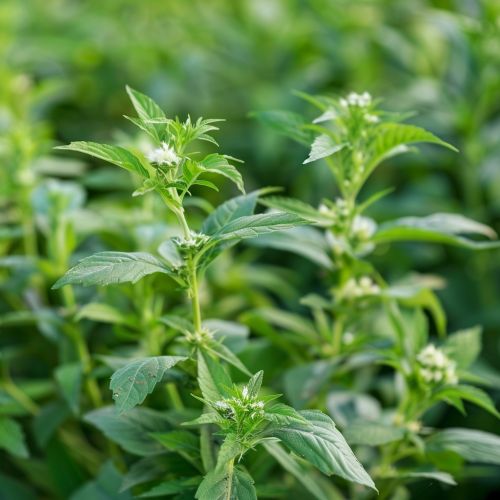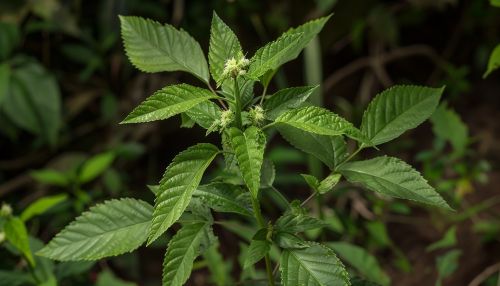Coca
Introduction
Coca is a genus of flowering plants in the family Erythroxylaceae, native to western South America. The most well-known species within this genus is Erythroxylum coca, which is cultivated for its leaves that contain the alkaloid cocaine. Coca leaves have been traditionally used by indigenous populations for their stimulant properties and as a part of cultural rituals.
Botanical Description
Coca plants are small shrubs that typically reach heights of 2 to 3 meters. The leaves are thin, oval, and taper at the ends, measuring approximately 4 to 8 cm in length and 2 to 4 cm in width. The flowers are small, white to yellowish, and grow in clusters. The fruit is a small red drupe.


Chemical Composition
The primary active compound in coca leaves is cocaine, a tropane alkaloid. Cocaine is present in the leaves at concentrations ranging from 0.25% to 0.77%. Other alkaloids present in coca leaves include cinnamoylcocaine, truxilline, benzoylecgonine, and ecgonine. These compounds contribute to the pharmacological effects of coca leaves.
Traditional Uses
Coca leaves have been used for thousands of years by indigenous peoples in the Andean region. The leaves are often chewed or brewed into a tea known as mate de coca. Chewing coca leaves helps to alleviate hunger, thirst, and fatigue, and it is also used to combat altitude sickness. The practice of chewing coca leaves, known as acullico, involves placing a wad of leaves in the mouth and chewing slowly to release the active compounds.
Cultural Significance
Coca holds significant cultural and spiritual importance among Andean communities. It is used in various rituals and ceremonies, often as an offering to Pachamama, the Earth goddess. Coca leaves are also used in divination practices, where the arrangement of leaves is interpreted to predict future events.
Modern Applications
In modern times, coca leaves are still used in traditional practices, but they have also found new applications. Cocaine, derived from coca leaves, is used in medicine as a local anesthetic, particularly in ophthalmology and otolaryngology. However, the recreational use of cocaine has led to widespread abuse and addiction, prompting strict regulations and international control measures.
Legal Status
The legal status of coca varies by country. In Bolivia and Peru, coca cultivation and traditional use are legal and culturally accepted. However, in many other countries, coca cultivation and cocaine production are illegal due to the potential for abuse. International treaties, such as the Single Convention on Narcotic Drugs, classify coca leaves as a controlled substance, although there are exceptions for traditional use.
Pharmacology
Cocaine exerts its effects by inhibiting the reuptake of neurotransmitters such as dopamine, serotonin, and norepinephrine. This leads to increased concentrations of these neurotransmitters in the synaptic cleft, resulting in heightened alertness, euphoria, and increased energy. Chronic use of cocaine can lead to tolerance, dependence, and a range of adverse health effects, including cardiovascular and neurological complications.
Agricultural Practices
Coca is typically cultivated in regions with warm, humid climates and well-drained soils. The plants are propagated from seeds or cuttings and require regular pruning to maintain optimal leaf production. Harvesting involves picking the mature leaves, which are then dried and processed. In some regions, coca cultivation is a significant economic activity, providing livelihoods for many farmers.
Environmental Impact
The cultivation of coca can have significant environmental impacts, particularly in regions where it leads to deforestation and soil degradation. The use of chemical fertilizers and pesticides in coca farming can also contribute to environmental pollution. Efforts to reduce the environmental impact of coca cultivation include promoting sustainable agricultural practices and alternative livelihoods for farmers.
